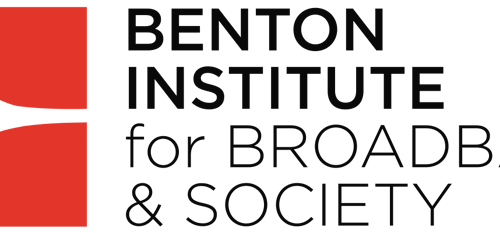Introduction
It is amazing to me that there seems to be confusion and controversy in answering the basic question: “What is the Internet?” I have no problem in defining it and have a short and simple answer to the question based on my personal experience with its predecessor, the ARPANET, from over 40 years ago.
This short essay is an attempt to explain the Internet using a simple approach with basic analogies from the past. Also some history will be reviewed about the development of the Internet.
The essay will conclude that the Internet is a packet-switched network. Today that network is formed from many regional and competitive packet networks that all link together to create a “network of networks.”
A Historical Perspective of Telephone Networks and Common Carriage
One way of understanding this is to consider the telephone network of the past. It was a circuit-switched network consisting of transmission facilities and circuit switches, along with a means of controlling the assignment of circuits (what telephone engineers called signaling). Circuits were assigned and carried signals over distances. Telephones and modems were connected to the network. The telephone network evolved into a network of networks. Standards were needed so these networks could interconnect and also interconnect internationally.
The Internet uses packet switching rather than circuit switching. Packet switching is more efficient for computerized data that occurs in short bursts. The header information that is included in a packet is comparable to the signaling information of the circuit-switched telephone network. Optical fiber, satellites, coaxial cable, and copper wire are some of the transmission media used for networks – circuit or packet switched.
In the even more distant past, stagecoaches carried packages over distances. The concept of common carriage was invented to regulate this industry. What was in a package was not the business of the common carrier. Rates were set by weight and distance. The common-carriage principle was then applied to the telephone network. As a common carrier, a telephone network operator was not involved with the content carried over a circuit. A circuit was defined in terms of its bandwidth, and a user could fill that bandwidth with any signal. Distance and the length of a call set charges.
A Little Personal History of Packet Switching
Packet switching was invented in the late 1960s as a way for the ARPA (Advanced Research Projects Agency) community to share then-costly data circuits. An early data circuit obtained from a telephone company carried only 56 kilobits per second. The intent was to allow the ARPA community to share computer resources, but the new network was used mostly for sending text, documents and early email. The concept was to place about 1,000 bits of data in a packet, along with information about its destination and source. The packets would then be really switched along to the destination and there reassembled.
Back in the early 1970s, the ARPANET was available only to ARPA researchers, but National Science Foundation (NSF) researchers also wanted access. ARPA wanted to sell that access. However, the White House Office of Telecommunications Policy (OTP) did not want an agency of the Federal government to be operating and selling a packet-switched telecommunication service, such as the ARPANET. I was then working on the staff of the White Office of Science and Technology (OST) and spoke to Dick Bolt of Bolt, Beranek, and Newman about the policy issue. As a result, BBN created a new company, Telenet, to offer packet switched service to the public.
A big issue back then was whether the ARPANET was a regulated common-carrier telecommunication service, or, since it involved access to computers, a non-regulated computer service or information service. The ARPANET used computers to switch the packets, and thus it was claimed to be a computer service. I believed that since the ARPANET, or any packet-switched network transmitted signals and switched them, it was a common-carrier service and should be regulated. The academic community that formed ARPA did not want any regulation, and this lobbied for the ARPANET and packet switching to be treated as a computer service. I felt then, and now, that it was a telecommunication service. If transmission and switching are the prime components of a service, then it is a telecommunication service – not a computer service. Indeed, the ARPANET could be used to gain access to computers, databases, and information, but that did not make it a computer service, anymore than the use of a modem over a telephone line would make the telephone network a computer or information service.
What Then Is the Internet?
The Internet is a packet-switched network of packet-switched networks. These networks could be public (open) or private (closed). Data signals are carried over that network over various transmission media and are packet switched along the way to their destinations. The data could represent voice, video, image, or text. The source could a home computer and the destination might be a large computerized database. Taken as a whole, the Internet and the various databases and other computerized services form a giant “world wide web” – or simply, the Web.
The controversy today seems to involve whether the Internet should be regulated, and if so, by whom and in what way. Should it be treated as if a common carrier? The confusion seems to go all the way back to its formation when computers and computing were confused with telecommunication transmission and switching.
Copyright © 2015 AMN



